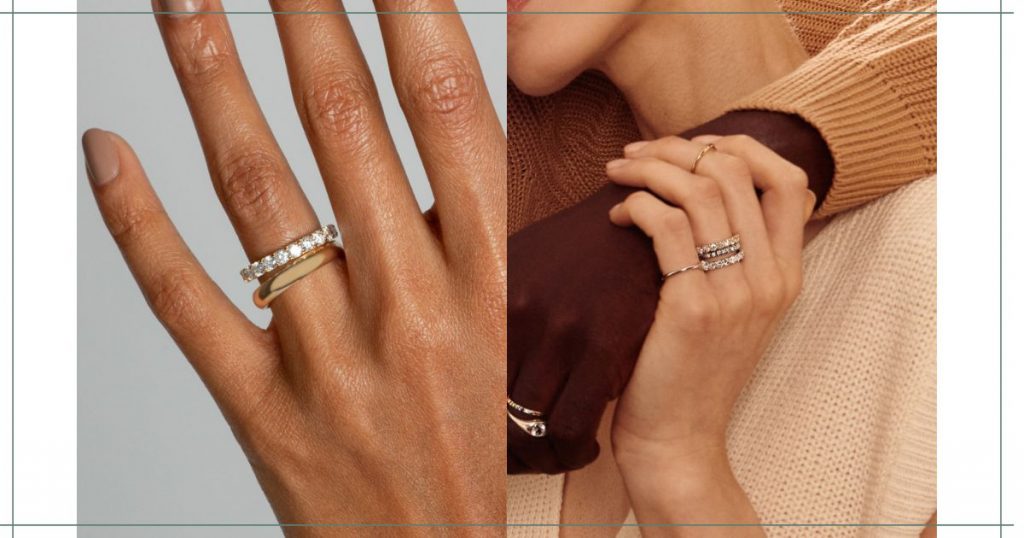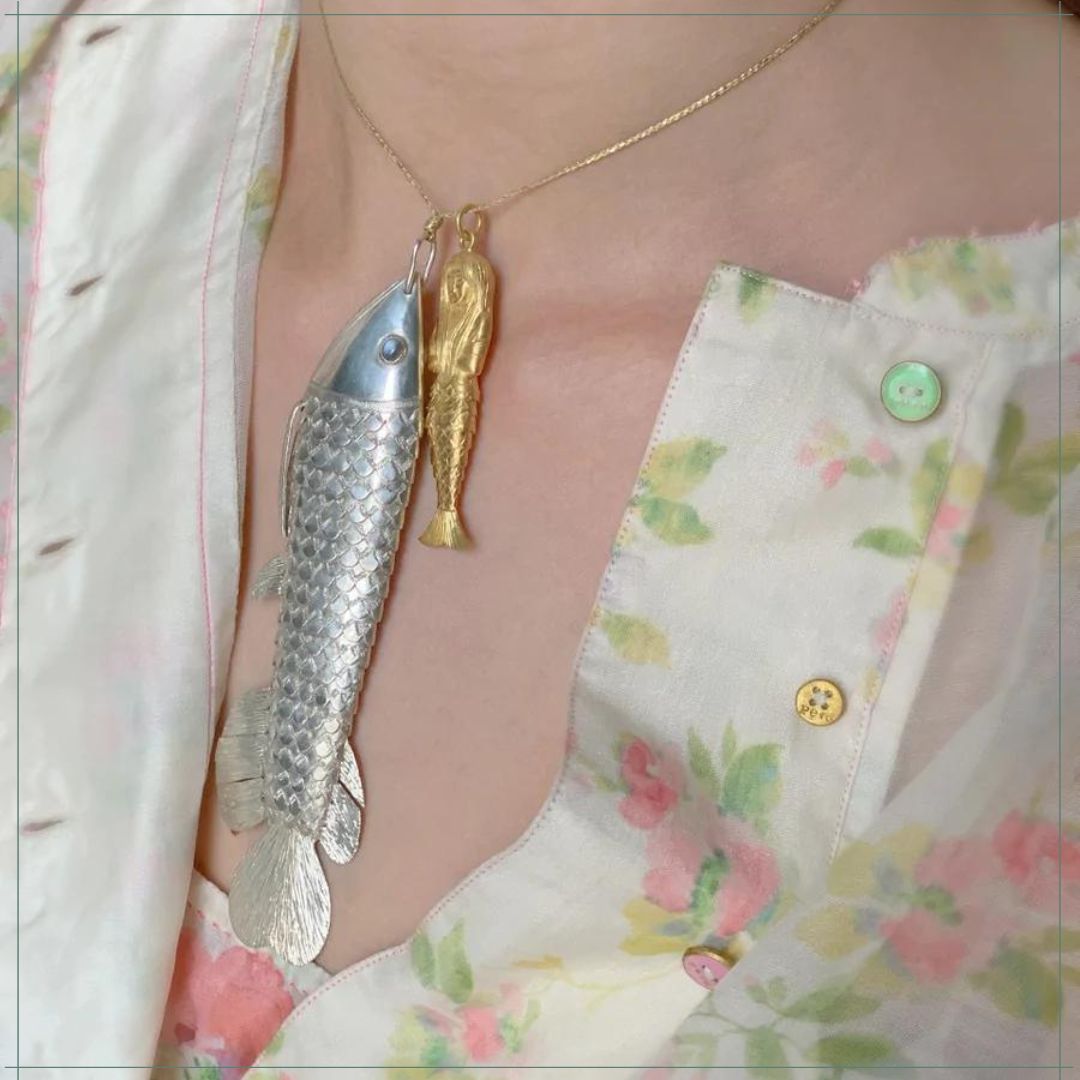Sustainability is a topic very dear to our hearts here at Notorious Mag. We’ve done some research about fair-trade, ethical and sustainable jewellery so that you can wear your sparkling accessories knowing that not only your choice of jewels isn’t harming the planet, but it is also helping the people involved in all the steps of the making your jewel.
What is ethical and sustainable jewellery?
There are many points to consider when speaking about sustainable jewellery. Shops and brands should inform where the material comes from. Also, where, how and by whom the jewels are produced. Nonetheless, you can research what kind of impact the jewellery had on the environment and on the people who made it. Although mining is inherently unsustainable, in the last few years, the industry does seem to have started taking environmental sustainability seriously.
Our editors select independently all products featured on Notorious-mag. However, when you buy through our links, we may get a commission.
Fairtrade and Fairmined gold
These are two certifications a mine gets after verification that they meet the working standards; fair wages, no child labour, women’s rights, no chemicals spillage and so on. To be sustainable, brands can source the gold and silver from small miners, paying them fairly and thus creating a positive impact on their families and communities. The high jewellery house Chopard, for example, pledged to use, as of July 2018, 100% ethical gold from refineries that have the RJC certification from the Responsible Jewellery Council. Many designers opt for using recycled metals from used jewellery.
Which gemstones are more sustainable?
Using recycled gemstones and buying locally from known miners that adhere to sustainable standards are good options to minimise the negative mining effects. Some jewellers prefer using lab-created diamonds. These diamonds have the same DNA as men-mined diamonds but are 100% conflict-free and without all the environmental and ethical issues related to traditional mining. The downside of this option is that if we start only using human-made stones, we will deprive entire communities, usually in poor developing countries, of their work.
Vintage is always a good option
Buying new jewellery doesn’t mean that the pieces have to be new. How about giving a second life to jewels that someone else doesn’t want anymore? Second-hand jewellery is a great sustainable option. You can find many vintage shops, auction houses and e-shops to take home beautiful pieces.
We made a selection of sustainable jewellery designers you should know.
1- Pippa Small

The British jeweller has already received several awards, including an MBE by Queen Elizabeth, for her charity work through ethical jewellery. She trains and employs artisans, providing jobs in areas where they are scarce, such as Afghanistan, Nairobi, Burma and many communities in Central and South America.
2- Lark & Berry

Founded in 2017 by Laura Chavez and the designer Katie Rowland, this very new brand uses cultured diamonds to ensure traceability and less impact on the environment. Their shop has just opened in London, and you can also buy online their pieces.
3- Bario Neal

Designers Anna Bario and Page Neal began working together ten years ago, using fair mined and recycled metals and ethical diamonds and gemstones that can be traced from mine to market, and all pieces are hand-made in their Philadelphia studio and can be purchased in their e-shop.
4- Kastur Jewels

Named after the founder’s grandmother Kastur, which means “Gift of God”, makes beautiful ethically sourced jewellery inspired by historical Royal India. The London-based designer manages humanitarian initiatives supported by part of the sales such as polio and cataract operations, and women and girls’ education in poor regions.
5- Lillian von Trapp

The Berlin-based designer found her true calling after inheriting some jewellery from her mother and using the material to design and make new pieces. All of von Trapp jewels are made in Germany from recycled vintage diamonds and gold; even the packaging is made from recycled silk for the pouches and recycled paper for tags and labels.
Photo @ Pippa Small
